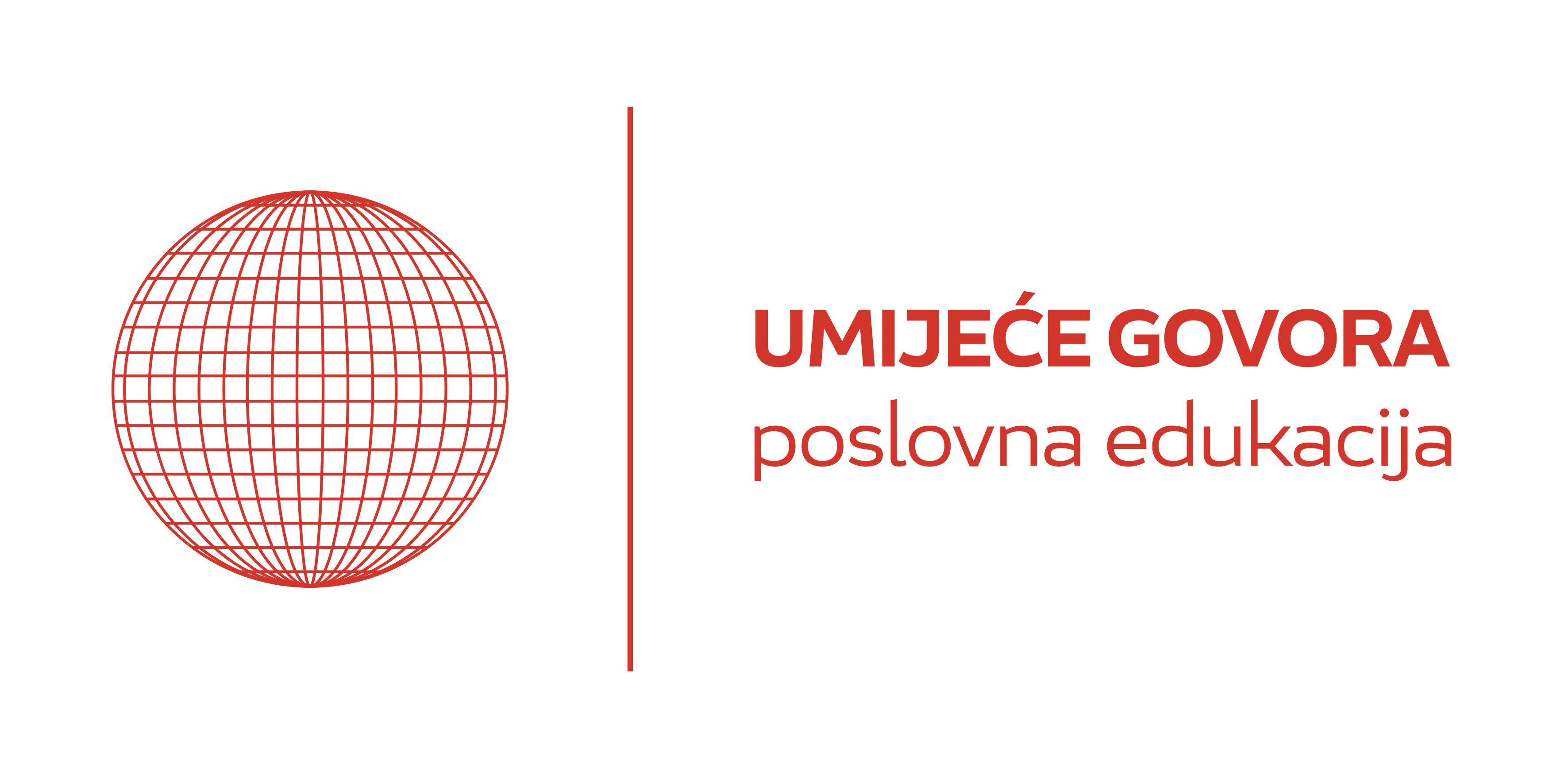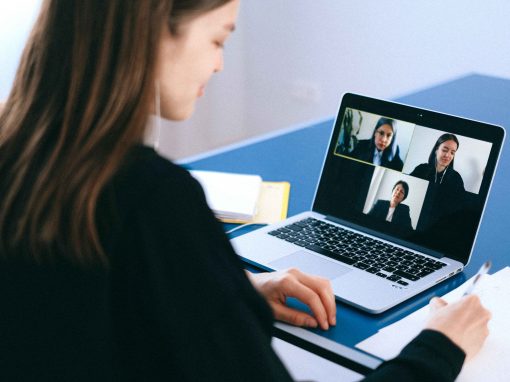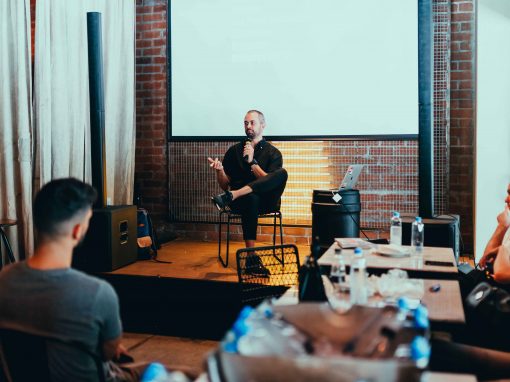Disclosure Personal story matters
Jagoda Poropat Darrer
Disclosure: Personal story matters
Objavljeno u časopisu Diplomacy and Commerce, listopad 2018. godine
“A good speech should be like a woman’s skirt; long enough to cover the subject and short enough to create interest,” Winston Churchill once said. This column will not argue the duration of the effective speech but rather how much (and which kind) of personal information should leader reveal to the audience in order to win their trust and benevolence.
Disclosure is the act of making something known or the fact that is made known, moreover it is something that was not previously known, or the act of giving such information to the public, according to Cambridge dictionary. In public speaking it is crucial to understand, and even more, feel what kind of personal information is necessary to reveal to your audience to make them accept you as a relevant speaker and in that way align with your ideas and thoughts. It is called self-disclosure or personal disclosure, and leaders have to walk a fine line when it comes to it.
“There is considerable evidence that leaders who disclose their authentic selves to followers can build not only trust, but generate greater cooperation and teamwork as well. Yet successful and strategic self-disclosure is a leadership competency that many leaders have yet to acquire. Used incorrectly, or in the wrong corporate environment, self-disclosure can backfire”, state Lynn Offermann and Lisa Rosh for hbr.org adding “that skilled leaders choose the substance and process of their revelations, including the depth, breadth, and timing of disclosure, with the goal of furthering the collective task rather than furthering personal agendas. Too much disclosure might be met with revulsion.”
Perhaps most important, personal disclosure can humanize the leader, creating connections between the leader and followers that increase feelings of trust and intimacy, and, in an organizational context, a readiness to work together collaboratively to reach mutual task goals.” Your level of personal disclosure lets the audience knows what’s at stake for you (and by implication for them) in the speech”, says Nick Morgan, forbes.com.
Sometimes leaders avoid sharing personal stories in their talks and presentations because they’re afraid of seeming weak or coming off as unprofessional. But, this is a missed opportunity. „Stories that expose our flaws and vulnerabilities are also what allow us to connect with and inspire others. So how do you know what stories are the right ones to tell? Think through the nouns that are important to you – the people, places, and things that have shape your life. Some of your experiences may be too personal to share. Others may be anecdotes that could become the basis of a great story. Consider who’s in your audience and what they are about. Choose a story that fits their values, goals, and interests, and that will send the message you want to convey”, suggests Nancy Duarte in her book „How to identify and tell your most powerful stories“.
Croatian authority in Public Speaking prof. Ivo Škarić (2003) mentions five elements of the introductory part of the speech. One of them is creating audience’s benevolence towards the speaker. This is the moment in speech where the attention and fondness are created, the perfect time to use self-disclosure. When I recall renowned prof. Ivo Škarić, he always used personal disclosure even when teaching, perhaps on purpose, but sometimes it looked like it was just his charisma that inspired us to fall in love with phonetic and to gather so many students to help him harvest olives in his family estate. It was an honor to be his student, and alumna of such an amazing Department where he worked at – Department of Phonetics, which this year celebrates its 50th anniversary. It has given many excellent scholars, leaders, educators, spokespersons, voice therapists, speech coaches, TV and radio speakers, entrepreneurs, PR and Marketing professionals, always excelling in speech education, and being among the best rated departments of the Faculty of Humanities and Social Sciences, University of Zagreb.
Let me return from my own self-disclosure moment. Pletikos&Vlašić Duić (2007) found that among 127 analyzed speeches (worldwide famous speeches from Moses to Croatian Cardinal Bozanić), half of them start with creating the audience’s benevolences towards the speaker, many of them using disclosure. The same authors mentions though that contemporary rhetoric prefers creating the bond with audience through building the speakers’ credibility. Using McLuhan dichotomy of hot/cool media, where hot media (photography, book, scientific paper) are ‘high definition’ because they are rich in sensory data, and cool media (speech, cartoons, TV) are ‘low definition’ because they provide less sensory data and consequently demand more participation or ‘completion’ by the audience, it can be said that “old” speeches were cool, and “new” ones are hot, with an urge to be cool down again.
This kind of strategy used toastmaster 2018 World Champion of public speaking Ramona J. Smith with her speech “Still Standing”. As Business Insider reports, she used a metaphor that many people are familiar with – a boxing match – to describe various points in her life when she was knocked down but refused to give up, included her dropping out of college, her divorce, and her early failure on the public speaking circuit. She wasn’t afraid to look stupid. And she won!





